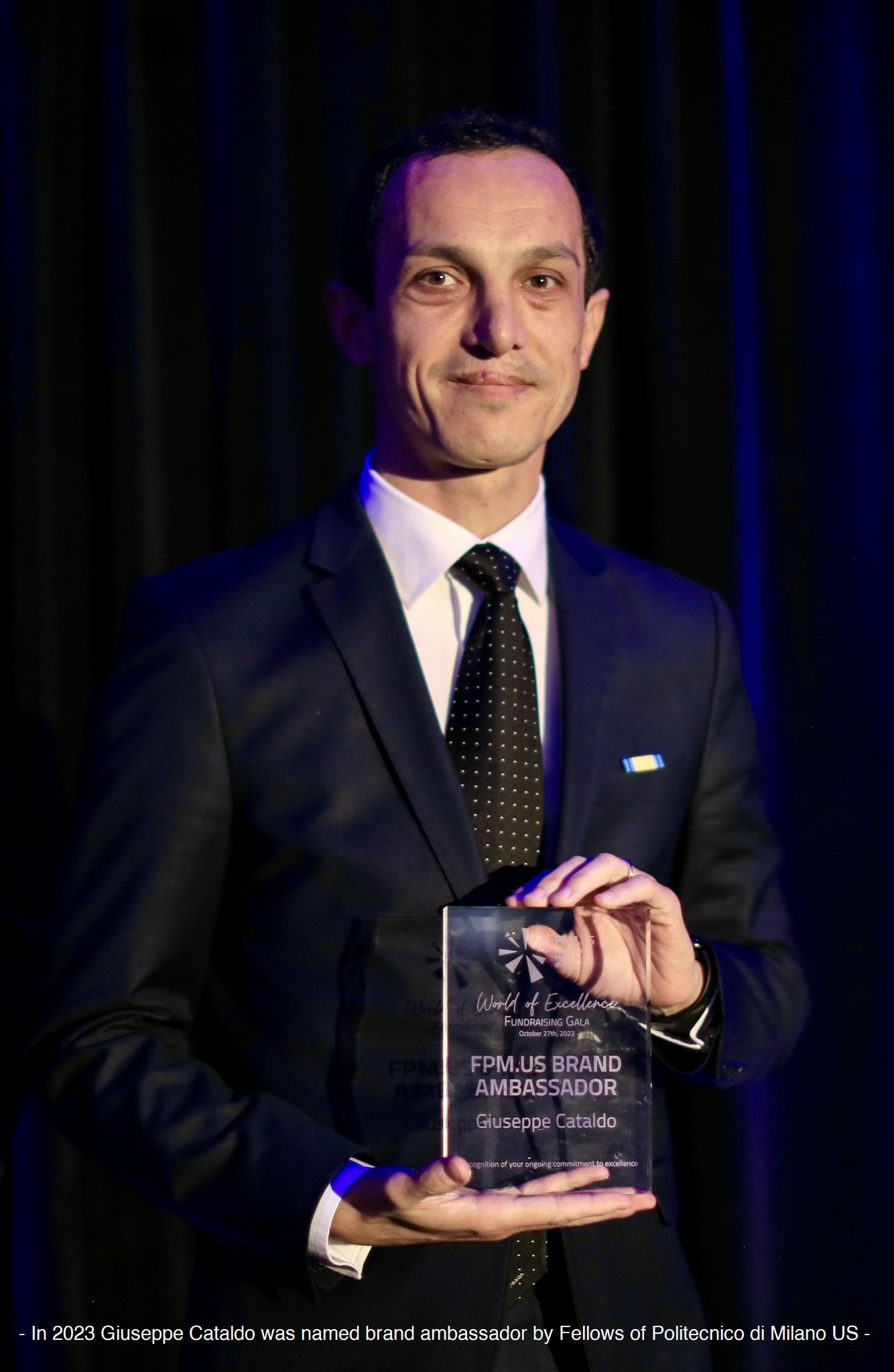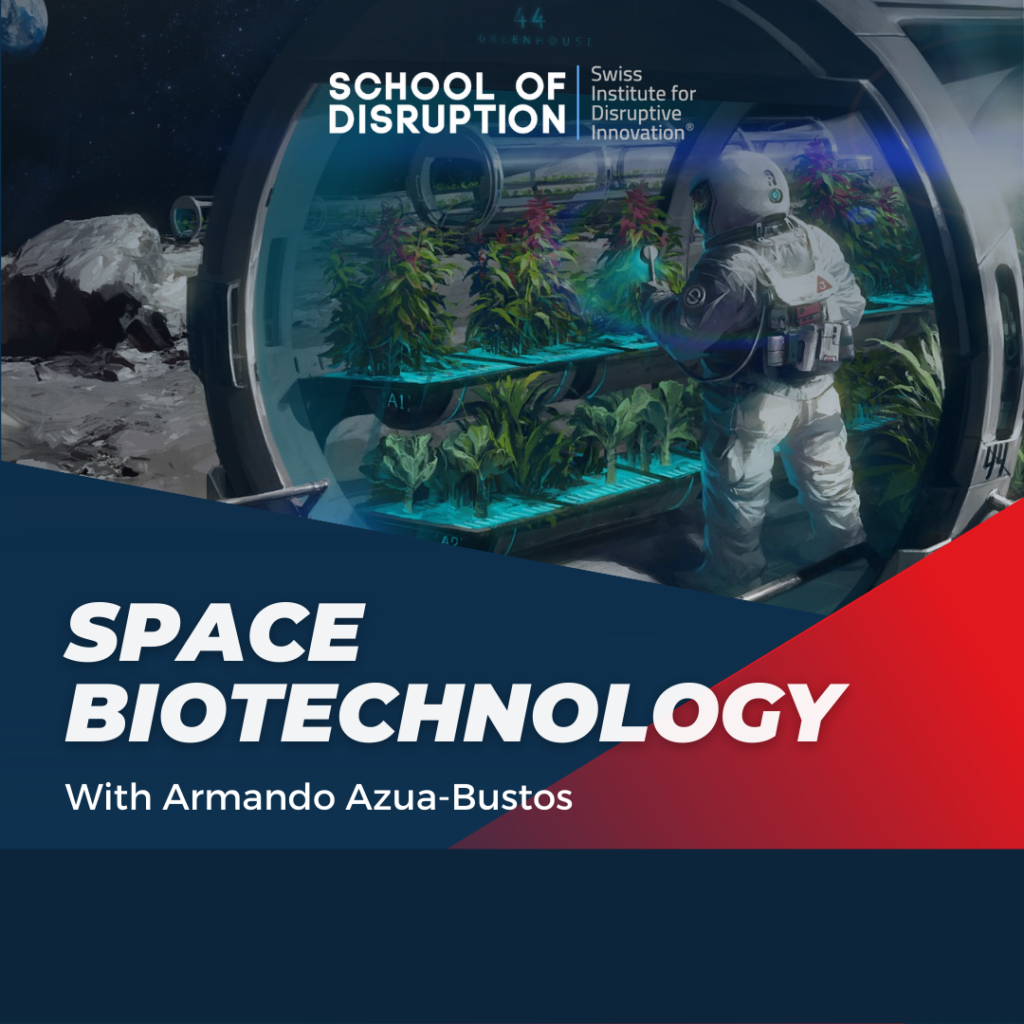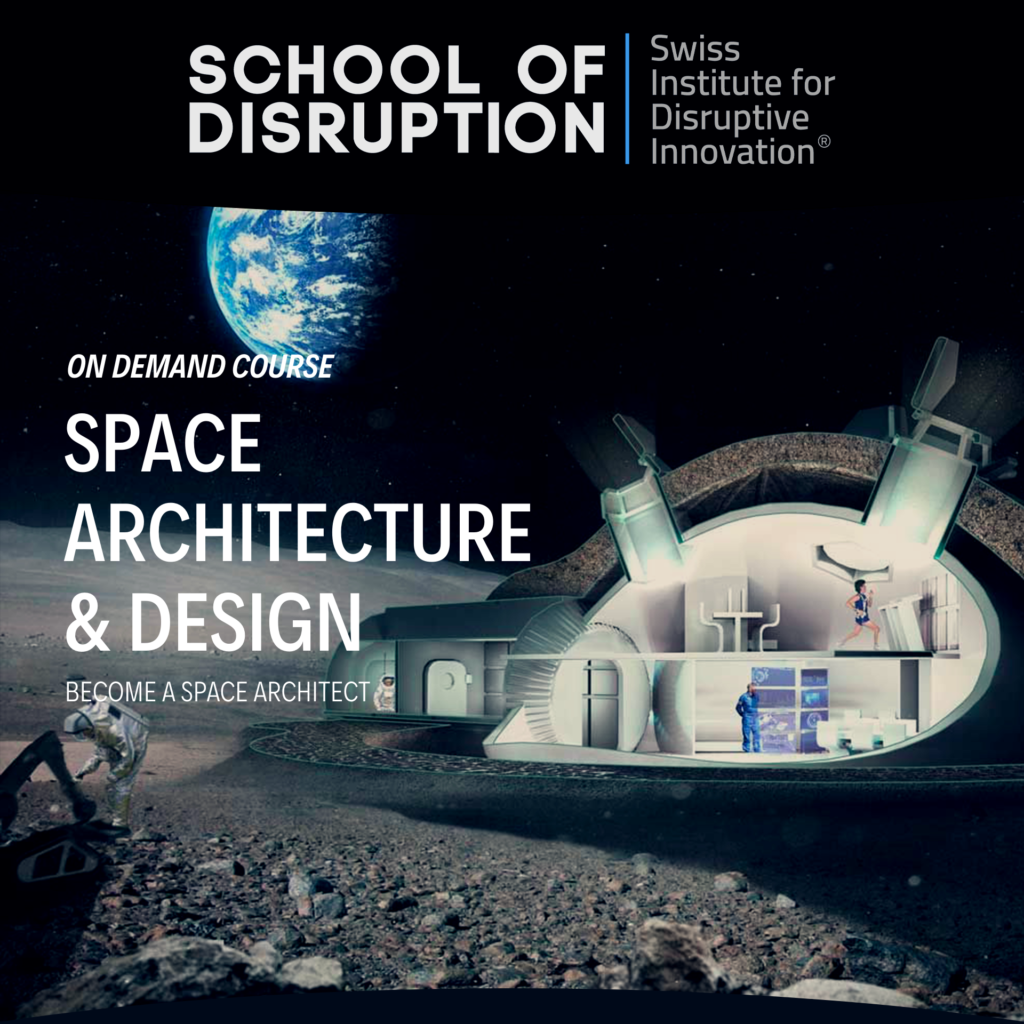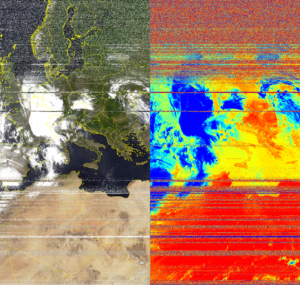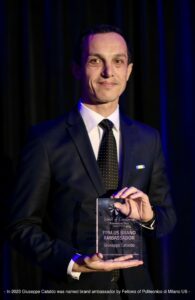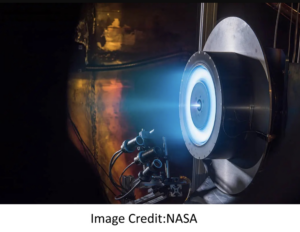Last year, in mid-December, PoliSpace organized an interesting conference hosting Dr. Giuseppe Cataldo who spoke about the MSR Campaign. He currently works planetary protection in the MSR Program Office. We are often used to thinking of engineers working at NASA as superhumans of a completely different breed. This may be true, but every great story starts somewhere. Dr. Cataldo’s story started 38 years ago in a little town in southern Italy in Puglia. At that time, he probably couldn’t even imagine that one day he would have been at NASA working on some of its major programs, but something had already clicked in him. A spark of curiosity that, as he said, made him stare at the immense sky wondering what was out there. From that question, a cascade of events took place. He learnt the names of the constellation and read everything he could to satisfy his curiosity. As many of us have experienced, the more you understand the more you realize you don’t know, thus his rush for knowledge kept and keep going.
Dr. Giuseppe graduated from PoliMi in 2007 with an experimental thesis on Innovative solid fuels for hybrid propellers¸ later in 2009 he joined the NASA Academy as one of the only two EU students selected for the program and, meanwhile he continued his master’s degree. In 2010, he graduated in Aeronautical Engineering from PoliMi and in Aerospace Engineering from PoliTo and SUPAERO with a thesis about Optical Properties of Astronomical Silicates with IR Techniques. Last but not least, in 2015 he earned, in just 2 years and a half, a PhD in Aeronautics and Astronautics at MIT. Throughout his career, he worked on many different topics such as the already cited MSR and the James Webb Space Telescope (JWST). The latter, according to NASA, is the successor of the Hubble Telescope, since its scientific goals were derived from Hubble’s achievement. JWST is such a powerful IR instrument that it’s capable of observing galaxies formed just a few hundred million years after the Big Bang.
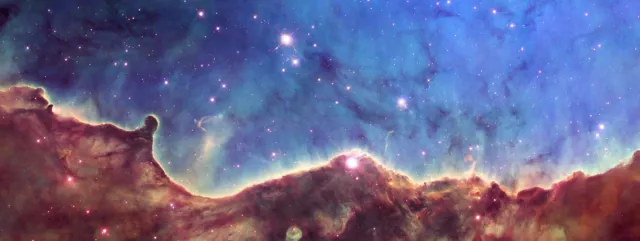
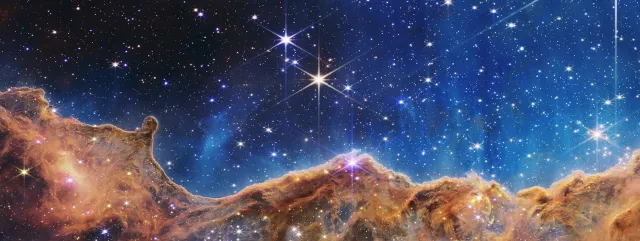
As often happens, we talked a lot about the incredible technical and academic achievements that Dr. Cataldo earned during his career and that’s exactly why we wanted to know more about The Man behind The Engineer. Who is behind the NASA engineer?
Here is what we asked him:
You started your studies in European universities before joining NASA and eventually completing your PhD at MIT, did you experience any cultural shock when you first moved to the U.S.A.? Are there any major differences in how they approach the aerospace industry and the education for such fields?
It certainly was a cultural shock when I first arrived in the US. I immediately strove to adapt and integrate as quickly as possible to fully understand this culture, that was so new to me. The aerospace industry is very dynamic and moves very fast. The education system is very oriented toward the practical applications through assignments and class projects, as well as mandatory internships that expose the students to the work environment very early on (as early as high school!). This is also why I get to interact and work with so many students, which is one of my favorite aspects of my job.
Over your career at NASA you have tackled several different projects, mostly related to optics in one way or another. What project do you think has challenged you to most? Which has been your favorite project to work on?
By all means, Mars Sample Return has challenged me the most thus far. Its technical and programmatic challenges have literally kept me up at night many times and taught me the complexities of a large, international collaboration tackling one of the most difficult tasks humanity has ever undertaken: bringing samples from another planet while protecting Earth from any potential hazards these might bring with them. However, my favorite project to work on has been the James Webb Space Telescope because I saw it coming together piece by piece and I can now enjoy all the discoveries it was made for!

In your bio at NASA mentions you enjoy playing violin and piano, swimming, hiking, skiing, sailing, reading, traveling and hanging out with your friends in your spare time. How do you achieve a work-life balance to allow you to pursue these activities? Do you think there is any relation between your work at NASA and the activities you enjoy outside of work?
The key to achieve a work-life balance is order. You need to set your priorities and then stick to them as part of a daily plan. You almost want them to become second nature without having to ask yourself every day, “Should I do it or not?” Granted, every day can be different, especially with a high-demanding job like mine, which more often than not can require sudden changes to my schedule. However, I try to do my best by adapting to the circumstances and making the most out of them. As to your second question, there probably is a connection between my job and these spare-time activities, since I think they are the ones that enable my creativity, resourcefulness and social skills.

How would you explain to the public why we should keep exploring space? Why do you do what you do as an engineer?
Space is a frontier for our knowledge, which allows us to learn more about how the universe in which we live works. To do this, it is necessary to always develop new technology enabling exploration and discoveries. Such technology does not end there. It can have many practical applications to our daily lives without us even realizing it! One example that comes to mind is the technology derived from Webb to diagnose and treat ocular diseases right here on Earth. When I think of this, I am beyond excited to do what I do.
What is something that really fascinated and surprised you during your career?
What really fascinates me is the incredible work we do at NASA every day to explore the unknown and push the boundaries of our knowledge through new science, technology and engineering. What surprised me, instead, was to learn about the processes that keep NASA alive, which often cause uncertainty and disruption, as we have all recently seen in the news when reading about budget hardships and mission cancellations.
Would you define yourself a believer that keeps working toward his goal regardless of what happens or a meticulous planner that actually sets achievable goals and proceeds step by step?
You need to work toward precise goals if you want to grow, and not just professionally. I like to set them for myself and work hard toward achieving them. And when I’m not sure how to make this happen, I talk to mentors who are always happy to help.
What’s the advice that you would give to the new generations of engineers and engineering students?
Dream big and put your talents to work to make those dreams come true. Space has a real impact on humanity and you can end up becoming the maker of something that will positively change people’s lives.
Looking at your impressive career, apart from your personal effort, has there been a particular attitude or behavior that helped you catch the opportunities?
Certainly, being strongly determined in front of the difficulties that arise in many work situations, by keeping in mind that the ultimate goal is mission success for the entire team. In addition, my desire to never stop learning allows me to constantly broaden my technical knowledge and thus become a subject matter expert in particular areas, which results in an increase of opportunities. For example, this is how I landed my job on Webb or Mars Sample Return. By becoming an expert in modelling, simulation and uncertainty quantification I carved some quite unique opportunities for myself and offered to lead several efforts in these areas for the success of these missions.
Looking at Dr. Cataldo’s story we can learn something. For sure his life is a story of success and great achievement, but this didn’t come casually. His life was pushed by a strong curiosity, by the desire to answer always new questions. “Hard work, dedication, passion […], and very good mentors” have been the key to his success, the motor that allowed him to achieve his dreams.
Using Cataldo’s words:

